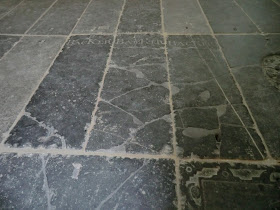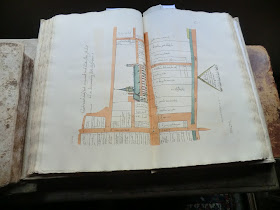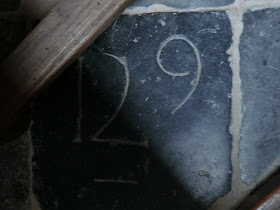Transcriptions
continue for hand-written notes found in the BISHOP family file at the New York
State Library in Albany.
John Bishop, one of the
founders of Guilford 1639.
Probably
born in England and was at least 45 years old when he came here. He married Ann before coming. Died in Guilford Jan 1660. She in April 1676. His son was
John Bishop Jr. Died in Guilford Oct 1683. His son was
Nathaniel Bishop. Born in Guilford 1666. Died in Guilford May 1, 1717. His son was
Ebenezer Bishop. Born in Guilford Sept 22, 1701. Died Jan 26, 1788. His son was
James Bishop. Born in Guilford Jan 3, 1745. Died Jan 16, 1832. He was a Rev. Army Soldier. His son was
Jonathan Bishop. Born in Guilford Aug 28, 1783. Died in Guilford Dec 20, 1852. His son was
David C. Bishop. Born in Guilford May 7, 1814. Died in Branford Nov 18, 1884. My grandfather.
Thanks to Jan Franco for posting headstones at Find A Grave.
















































